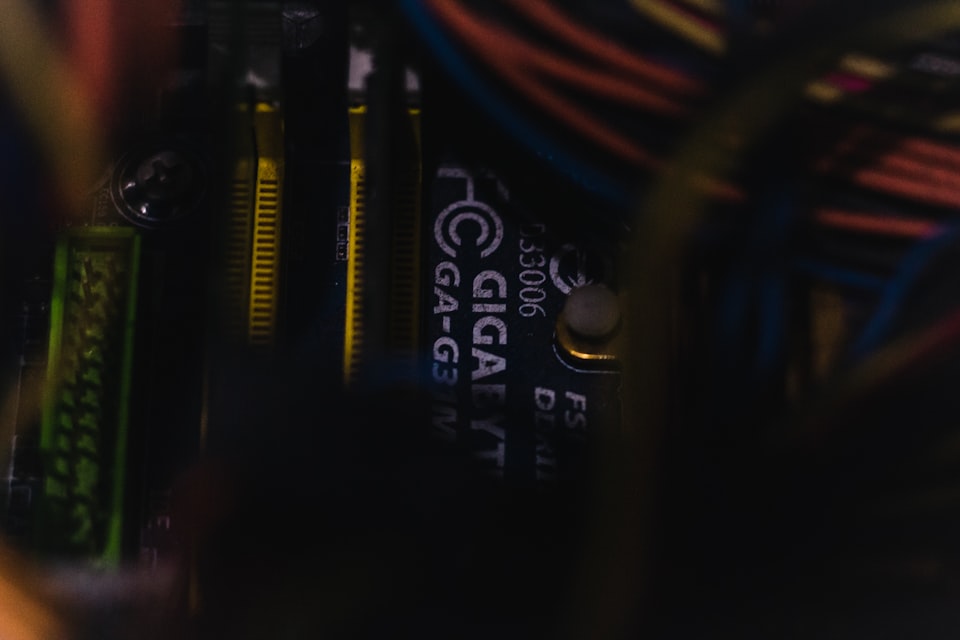As someone who carries a gaming laptop around with Linux in it, I often come across laptop users who are constantly on the lookout for lightweight applications that won't drain their batteries too quickly. These users are frequently on the move and can't always access power outlets for long periods of time, so power consumption is a top priority for them. However, many Linux desktop environments don't prioritise power efficiency, leaving laptop users feeling frustrated and searching for better options. I often hear from laptop users who are constantly searching for lightweight applications that won't drain their batteries too quickly. These users are often on the go and don't have access to power outlets for extended periods of time, which makes power consumption a top priority. While there are some great lightweight options out there, many Linux desktop environments are not designed with power efficiency in mind, which can leave laptop users feeling frustrated and in search of better solutions.
Why Linux Laptop Users Crave Lightweight Applications
The desire for lightweight applications among Linux laptop users is fuelled by the need to optimise battery life. Running resource-intensive applications can quickly deplete a laptop's battery, which can be detrimental for users who rely on their devices while on the move. This is why many users opt for minimalist applications like lightweight text editors and web browsers that are designed to consume less power.
While these lightweight applications can certainly help to extend battery life on Linux laptops, they may not always provide the most efficient or feature-rich options. Some users find themselves sacrificing functionality and convenience in exchange for a few extra minutes of battery life. This is where lightweight window managers like AwesomeWM or DWM can come in handy.
The Advantages of Lightweight Window Managers
Lightweight window managers are designed to consume fewer system resources than traditional desktop environments like GNOME or KDE. This means that they can provide an efficient and responsive computing experience, even on older or less powerful hardware. They are also highly customisable, making them a favourite among power users who want complete control over their computing experience.
However, it's important to note that lightweight window managers are not for everyone. They require more technical knowledge to set up and configure than traditional desktop environments, which can be a barrier to entry for some users. Additionally, they may not offer the same level of out-of-the-box functionality and ease of use that many users have come to expect from modern desktop environments.
Choosing the Right Desktop Environment for Your Needs
For laptop users who prioritise both power and efficiency, a lightweight window manager like AwesomeWM or DWM may be the best choice. These window managers are designed with low power consumption in mind and can provide an efficient and customisable computing experience that can help to extend battery life.
In conclusion, while lightweight applications can certainly help to extend battery life on Linux laptops, developers need to prioritise power efficiency when designing desktop environments. Lightweight window managers like AwesomeWM and DWM are great options for users who prioritise both power and efficiency, but they may not be the best choice for everyone. Ultimately, the choice of desktop environment or window manager will depend on a user's individual needs and preferences.



